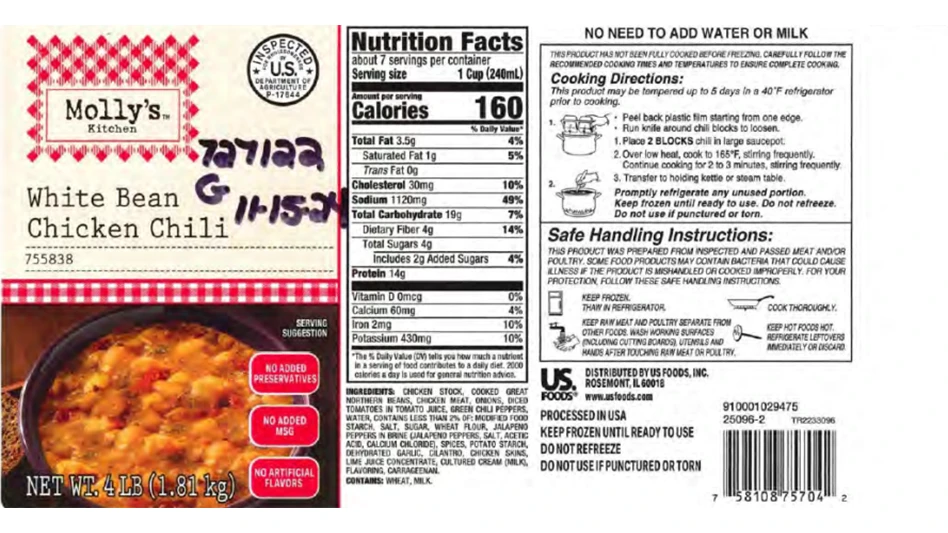
To set the basis for how companies control pests in their facilities, the survey asked whether respondents’ facility services were conducted by an internal person or outsourced. The vast majority outsourced their services in full (63%) or in part (24%); only 11% used only internal employees to provide pest control. (Table 6) Although only a very small percentage (2%) stated that they had no pest control, this provokes questions as the Food Safety Modernization Act (FSMA) does mandate pest control as a preventive control and USDA includes pest control as a sanitation standard.
As shown in Tables 7-10, respondent facilities implemented the following control and/or preventive practices:

• Interior Control (Table 7). With 61% of respondents stating that some type of cockroach control is implemented within the facility, the most common methods were baits (34%) and traps (33%). It is somewhat concerning though that 25% had no interior control, as regardless of the suspected method of entry (Table 6), cockroaches can get into food facilities, shelter in hidden areas to breed, and emerge to contaminate food and food surfaces.
• Exterior Control (Table 8). Only 33% of respondents said that exterior cockroach control is implemented, with 27% implementing perimeter spraying and 25% utilizing baits. But with only 29% having responded that cockroaches were suspected to come in from the outside (Table 6), this correlates well, showing that it is likely those who suspect that cockroaches come in from outdoors as being those who implement controls in that area.
• Prevention (Table 9). While only 61% of respondents implemented interior controls against cockroaches (Table 7), a full 91% did implement preventive measures. The most common of these was regular inspections (74%), with insect monitoring (62%) the second most predominant method.
• Exclusion. Of those that implemented preventive measures in their facilities, 29% said that exclusion was a key factor of these. These include:
- 89%: Sealed cracks and gaps
- 87%: Instructed employees to keep doors closed
- 82%: Installed door sweeps or air doors
- 53%: Cut back branches and shrubbery from building
- 16%: Other
• IPM (Table 10). It is a positive sign that 68% of facilities reporting have implemented Integrated Pest Management (IPM) as it is recommended by pest control industry professionals, as well as many state and government publications. However, not only are 12% not implementing IPM, 12% do not even know what it is. If you, or any of your employees are among that 12%, there are a number of references that can provide more information and recommendations for its implementation. Following are a few from QA:
- Do You “IPM”?
- IPM: The Plan You Need to Stay in Business
- How to Ensure Your Facility Remains Pest-Free
- Regulations Surround Pest Management

Explore the March April 2021 Issue
Check out more from this issue and find your next story to read.
Latest from Quality Assurance & Food Safety
- Provision Analytics Adds Food Safety Expert Jennifer Williams to Strategic Advisory Group
- Boston Sword & Tuna Protects Seafood Safety with Mettler-Toledo Metal Detectors
- IFT Releases New Resources to Aid Food and Beverage Industry in Sugar Reduction
- Yum! Brands CEO David Gibbs to Retire in 2026
- Penn State Extension Offers Short Course on Food Microbiology and Safety for Food Plant Workers
- Johnsonville Recalls Cheddar Bratwurst Due to Possible Plastic Contamination
- Cabot Creamery Butter Recalled Due to Possible Fecal Contamination
- USDA Delays Salmonella Testing Program for Breaded Stuffed Chicken





